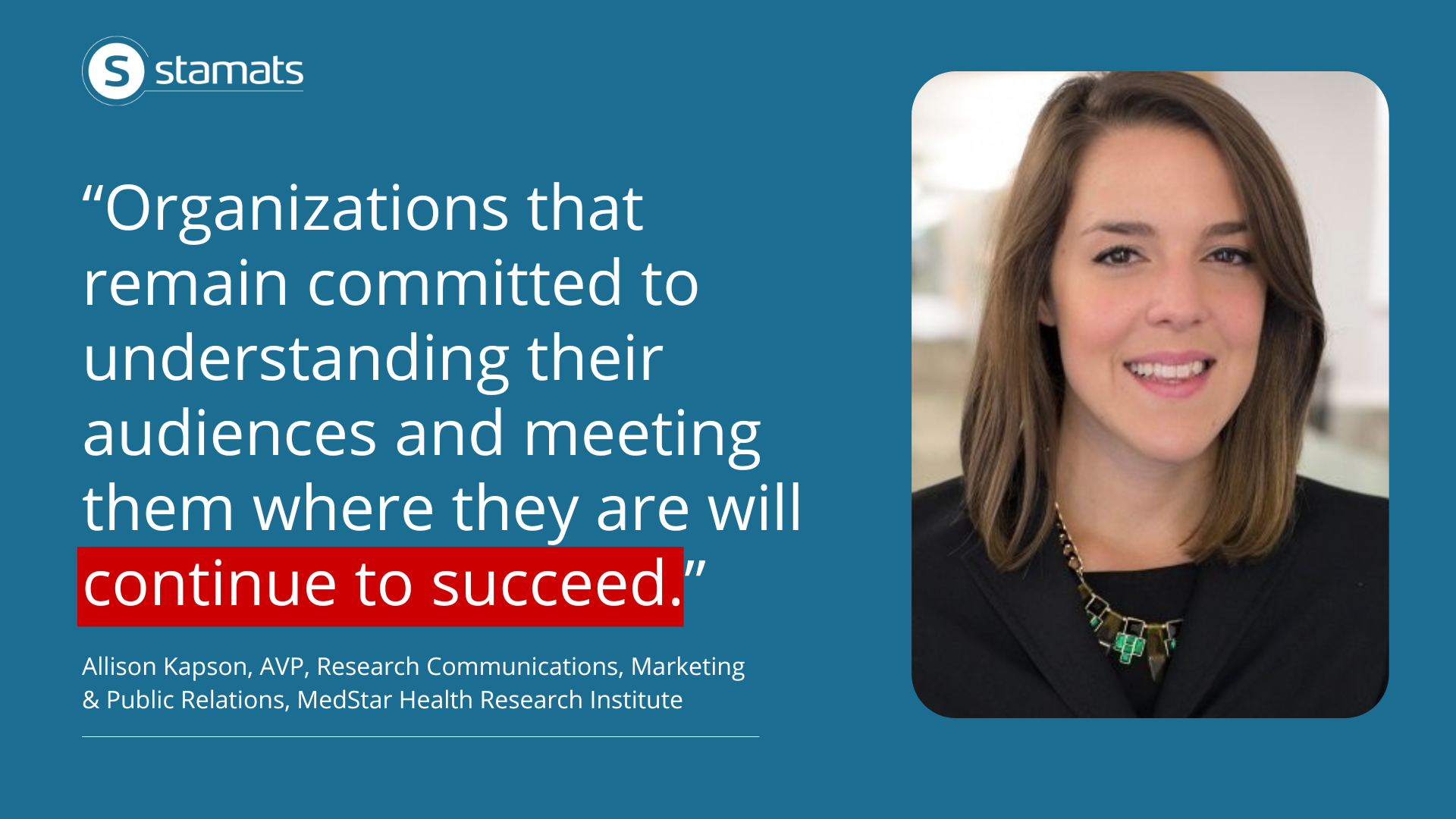Written by
on

The COVID-19 pandemic that grips not only our country, but our world is now our reality.
While we should neither dismiss nor overlook the very real health crisis associated with COVID-19, there is another more pragmatic challenge facing colleges and admissions offices: How do we land the class amidst all the uncertainty?
Over the next couple of weeks, I’ll offer some strategies to help calm the anxiety and make sure your institution comes out of this stronger.
Because the clock is ticking, you’ll want to address most of these tactical recommendations within the next month or even sooner. In the next couple of blogs, we’ll focus on longer-term and strategic suggestions.
As you coalesce a strategy, use these suggestions for immediate and near-term action:
On Your Website
First, promote the online learning happening right now prominently. This shows parents and students that classes are continuing. You want to demonstrate to prospective families a strong response to handling the crisis. Another idea is to create a specific page that highlights how you’re currently handling the situation in terms of courses, no delay to credits/academic path, student services, etc.
You’ll also want to evaluate your website from the perspective of prospective students who will not/cannot visit. Be as pragmatic as possible (“programs we offer”, “the jobs you can get”). A complete website redesign in a short bit of time is likely unrealistic, so first focus on the journeys that prospective students are most likely to follow.
This provides a great opportunity to make sure your virtual campus tour is as feature rich as possible. It needs to include robust options for follow-up after users complete the tour.
For Residential Campuses
What makes your school worth the money, even if you cannot provide a residential experience and your campus culture is a bit nebulous? This question puts you in the mindset of prospective students and parents. Do your recruitment communication strategies address these concerns? You want the message to be conveyed with verbal and visual vocabularies including both data and anecdotes.
To find more answers, consider a social listening campaign to learn concerns from students and parents firsthand. Also consider assembling and facilitating online interviews, chats, or small group discussions. Do these with prospective students of all types to listen to their fears and challenges. This not only supports your efforts, but also demonstrates institutional empathy and concern.
It’s also a good idea to ramp up the sales training of your admissions staff. From a technical perspective, they need to be well-versed in online and telephone communication. From a messaging perspective, they must be comfortable answering questions about what makes your school the right choice.
Get the Right Data to Make Smart Choices
Solid information is invaluable in times of crisis, so consider undertaking:
- Nonmatriculant studies, to explore exactly why prospective students opted not to attend. Use this data to quickly adjust your communication strategy.
- Pricing studies, to determine what decisions are needed regarding your price point and the college-choice variables most interesting to prospective students and parents.
- Analysis to identify potential new academic program offerings.
- An evaluation of existing academic programs. Look to determine which program profiles to enhance and which ones may be less marketable given employer demand and competitor offerings.
As you consider these ideas, one important fact to accept is the residential experience, the lifeblood of many campuses, may be in abeyance until winter or spring of 2021.
Let’s talk about how to keep your initiatives converting during this unprecedented crisis, contact Stamats for a consultation today.
Read next: COVID-19—What’s a College Admissions Office to Do? Part 2


